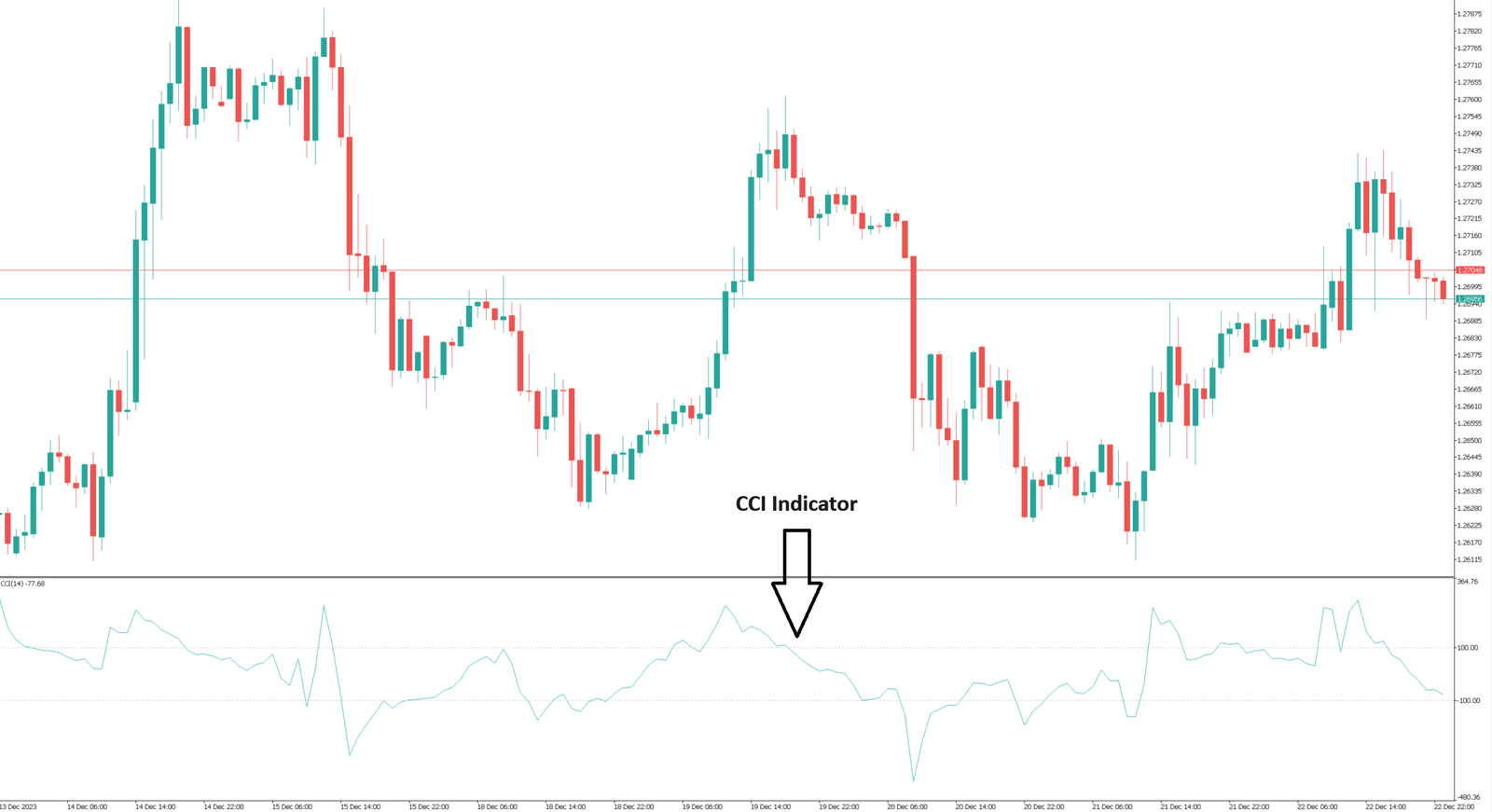Donald Lambert created the trend-following indicator. This indicator is based on the fact that market fluctuations are cyclical, and price highs and lows occur continuously and periodically, and can predict the beginning and end of the cycle. Nowadays, trend-following indicators are widely used to calculate the current price relative to the average price.
CCI Indicator Usage
The trend-following indicator revolves around the zero line and fluctuates in the range of +100 to -100. The zero line corresponds to the middle price. The higher the trend indicator is above zero, the more overvalued the currency pair will be. The lower the trend indicator is below zero, the more undervalued the instrument is and the more room it has to rise.
When using the trend indicator, you should pay attention to the standard price level and cross direction of the indicator, as well as their cross direction. However, the unbalanced price itself will not be regarded as a stable signal of the future development of the price or the ability of the price. It is necessary to pay attention to the intersection of the critical level of the indicator and the critical level of the indicator:
1-When the trend indicator rises above the 100 level, it means that the price subsequently increased.
2- When the trend indicator falls and falls below the 100 level, it means that the price will subsequently fall, which is a signal to sell.
3-When the indicator falls and falls below the -100 level, it indicates the possibility of a subsequent price decline
4- When the indicator rises and exceeds the -100 horizontal line, it indicates the possibility of price reversal, which is a buying signal.
5-Crossing the zero line from bottom to top is a buy signal
6-A break below the zero line from above is a sell signal
Reducing the indicator period can improve the sensitivity of the indicator. When the critical level reaches the 200 level, minor price fluctuations will be omitted.

